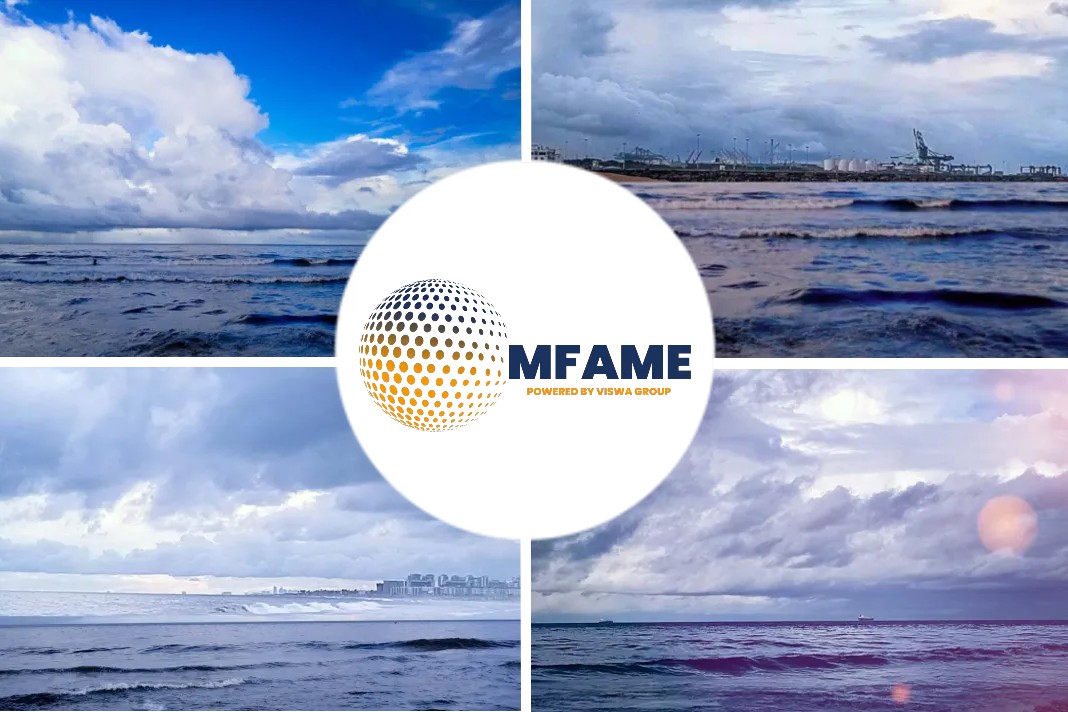
CII review set to address issues, writes Carly Fields for Baltic News source.
CII implementation
IMO hearing the industry “loud and clear” on carbon indicator challenges.
The implementation of the Carbon Intensity Indicator is a significant milestone in the shipping industry’s journey towards decarbonisation, but it has inherent problems. The industry is calling on the International Maritime Organization (IMO) to urgently address its imperfections.
The CII is a measure used in the maritime industry to assess and track the carbon emissions of ships,
measuring a ship’s emissions per ton-mile or per passenger-mile.
As the industry approaches January 1, 2024 – when the Carbon Intensity Indicator (CII) regulations are set to take effect – industry leaders speaking at London International Shipping Week voiced their opinions on the challenges and opportunities of the CII.
Poonam Melwani KC, head of chambers at Quadrant, noted that concerns on CII centre on the fact that the rating that the ship will have will not just depend on how it’s built, it will also be very dependent, if not predominantly, on how the ship is used and its day-to-day operation.
Melwani highlighted the complexities of CII, particularly in how it factors in the operational aspects of shipping.
She pointed out that traditional charter party agreements often give charterers control over daily operations, which can impact the ship’s rating.
Arsenio Dominguez, secretary-general elect at the IMO, gave his response: “We are reviewing the CII – we are hearing you loud and clear. We have several proposals that have already been put forward with the experience and the challenges on the regulations. What I can tell you is that we do listen. That’s why the regulation was introduced with a soft approach at the beginning. It’s to get all this information, and it was introduced with a review clause. So we are going to look into it,” he added, indicating the IMO’s commitment to a collaborative approach and a willingness to adapt.
‘Transforming phase’
Dominguez noted that few would argue with the need to decarbonise the industry to play a role in protecting the planet. “We are a global industry,” he said. “Just as in day-to-day life, we are in a transforming phase of the industry, so things will change. The business model will not remain the same, otherwise it will be difficult for us to compete with others, and that’s a reality.
The CII, if I put it bluntly, gives us an opportunity to bring all the parts of the supply chain together to play their part in decarbonisation – because this is not something that we will do alone.”
Regarding the issues highlighted with CII, Dominguez assured the industry, that a soft implementation will allow challenges to be ironed out. “We are in our review process and by 2026, we will take the next set of decisions. We are gathering all the input and experience that is required for us to do the analysis. We’ll look at the different types of ships and how the regulations affect them in any decisions that have to be made.
“But of course, we have to keep in line with the objectives of the organisation, the goals of the decarbonisation, the role that we all need to play, and then bring that experience and expertise and – why not – be proactive as well.
“This can be sorted out; it is not as negative as it looks. There is an opportunity here to actually get all the necessary experience and come up with creative ways to make it work, taking into account that we are in this review process of the CII.”
Collaboration essential
Dominguez emphasised the collaborative nature of the challenge of decarbonisation, noting that the energy sector’s input is essential for the adoption of new renewable fuels. He stressed the need to engage all stakeholders across the supply chain to achieve meaningful decarbonisation.
Melwani also acknowledged the need for innovative solutions to align charter party agreements with CII regulations, stating:
“The CII regulations cut through that traditional relationship, and there are going to have to be innovative ways to go forward and amend charter parties if we’re going to try and make the CII regulations work.”
Martin Crawford-Brunt, council member at the Baltic Exchange, noted that the Baltic Exchange is already providing reference baselines using standard route and ship descriptions. While these are static baselines, they are understood by the market as “everyone can translate dollars per tonne or TCE on the existing freight calculations for variations in the voyage”.
Crawford-Brunt emphasised the role of standardisation in addressing CII challenges, and pointed to the Baltic Exchange’s efforts to provide reference points that traders can understand and relate to. This standardisation helps address the issue of “dashboard fatigue” and the need for consistency in measuring and rewarding performance, he added.
Did you subscribe to our daily newsletter?
It’s Free! Click here to Subscribe!
Source: Baltic Exchange
















